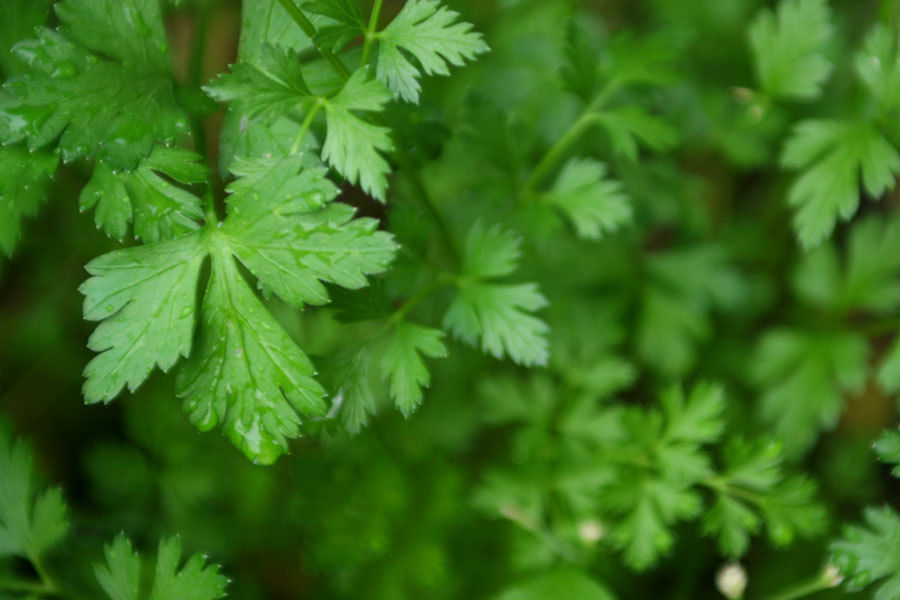
Media
Quoted Expert by...

HUFFPOST
10 Foods With Serving Sizes That Are Way Smaller Than You Thought
Ten nutritionists point out commonly misunderstood food portions, from bananas to ramen to peanut butter.
March 2, 2021
And, according to certified nutritionist Jenny Fowler of First Mile Care in California, eating more than one serving of any given food on occasion isn’t something to worry about, as long as you’re doing it mindfully and considering your dietary needs. “Let’s clarify that a serving is what is stated on the package, while a portion is how much you actually eat. It’s not bad to eat more than a serving, as long as you are aware that you are doing so,” Fowler assured HuffPost.
Continued quote: For example, a serving of rice is 1/2 cup. Most people would consume more than that in a sitting. Say you eat 1 cup of rice (your portion). That is 2 of your servings of grains for the day. People misunderstand serving sizes because 1) they don't look at how much a serving size is 2) they underestimate how much they eat and 3) if their portion is more than a serving size, they don't account for that if they're analyzing the numbers (If you eat 2 servings, you need to double all of the quantities in the nutrition facts. So if a serving has 150 calories but you ate 2 servings, you actually ate 300 calories).
EAT THIS, NOT THAT!
What Happens to Your Body When You Eat The Same Foods Every Day
According to experts, it might not be as 'bad' for you as you may think.
February 12, 2021
"For example, vitamin A can be found in orange foods such as butternut squash and carrots, while a good source of vitamin K is dark, leafy greens like kale," explains Jenny Fowler, a nutrition consultant and Diabetes Prevention Program (DPP) coach with First Mile Care. "On the other hand, while grains have some variety of nutrient composition, they are all high in the B vitamins so you don't need to pay as much attention to grain variety."

MSN
What Happens to Your Body When You Eat The Same Foods Every Day
February 12, 2021
"For example, vitamin A can be found in orange foods such as butternut squash and carrots, while a good source of vitamin K is dark, leafy greens like kale," explains Jenny Fowler, a nutrition consultant and Diabetes Prevention Program (DPP) coach with First Mile Care. "On the other hand, while grains have some variety of nutrient composition, they are all high in the B vitamins so you don't need to pay as much attention to grain variety."

Incredible Edibles
28 Nutritionists & Health Enthusiasts Reveal the #1 Healthiest Food in the World (and Why)
March 16, 2021
“While I’d love to say that there is one magic food that we all could eat every day to keep us in optimal health, I can’t…”
Yes, kale is chock full of nutrients like vitamin A, vitamin K, and calcium. The açaí berry is loaded with antioxidants. Wild salmon is one of the highest sources of omega-3s. But to say that there is 1 food in the whole world that is healthier than all others? It’s just not possible; you need all of these nutrients. And that’s a good thing, because variety in food is not only healthier for us, but it tastes better, too!
So what to do? Eat a variety of cruciferous vegetables (of which kale is one) to help your liver detox, enjoy a variety of berries for their antioxidants, and have some wild fish or hemp, chia, and flax seeds to get your dose of omega-3s. Enjoy the variety of foods the world has to offer to reap the benefits of a variety of nutrients.

